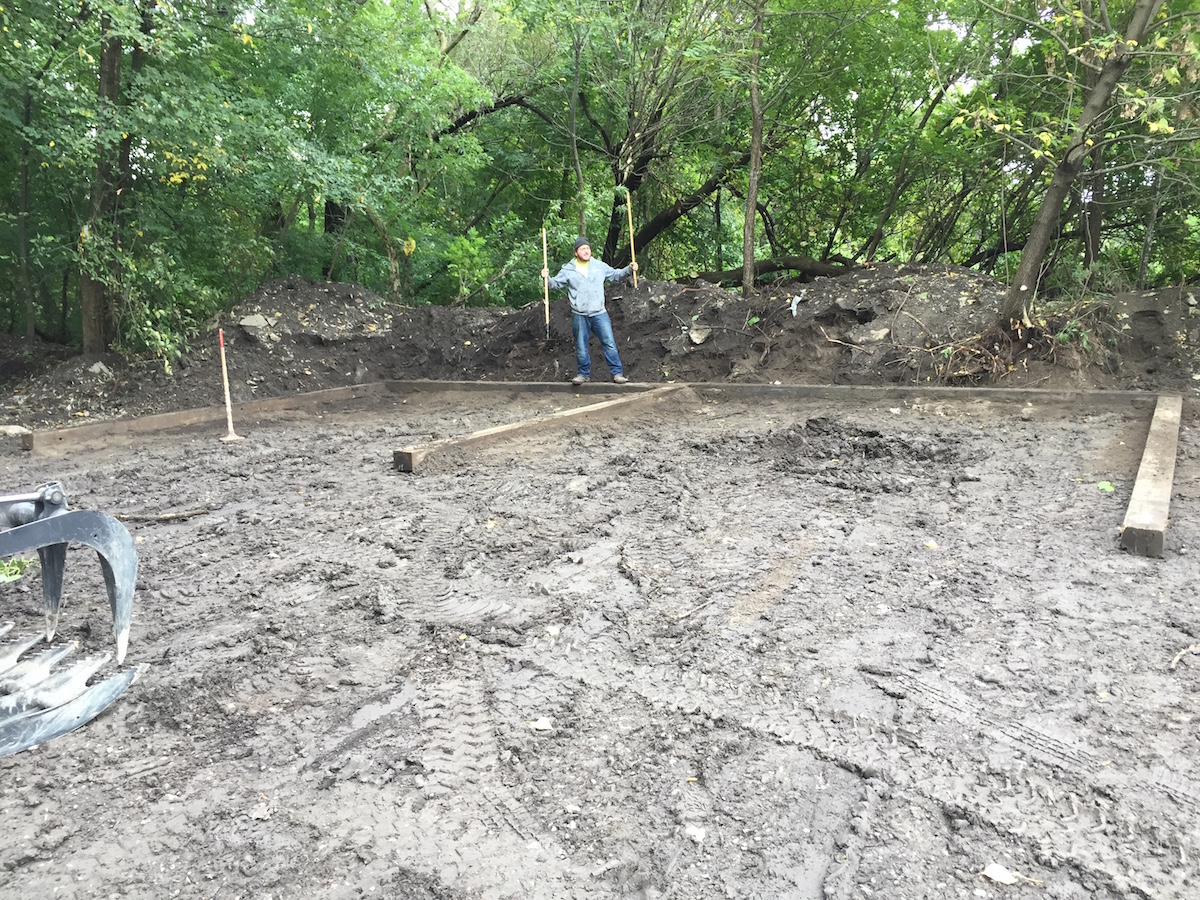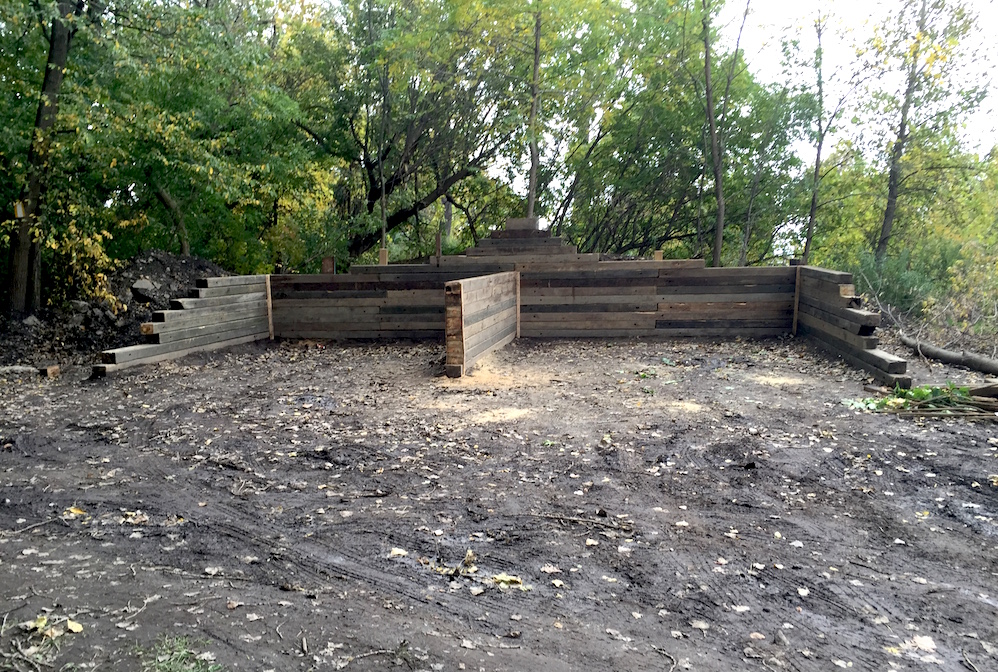Every major Olmsted Park has a specific area designated to create and store compost.
These compost piles are used to recycle organic material creating rich, earthy, nutrient rich material – which is reintroduced throughout the parks system. Microbes, insects, and other small creatures help in the decomposing process and play a key role in compost production.
Once the compost is completed, it is added to the soil of newly planted trees, flowerbeds, and other areas in need of additional nutrients.
What we compost
The BOPC composts materials that in many cases would otherwise have costs associated with their removal. For example, BOPC composts all of their leaves and saves time and money from transporting them to an outside facility. We compost small sticks, dead plant material, old mulch, and anything else that will break down and add nutrients to the pile.
Composting at home
All composting requires three elements — Green, Brown and Water
Green: Fresh trimmings, grass, last year’s annuals, etc.
Brown: Dead plant matter, leaves, branches, coffee grounds etc.
Water: Having the right amount of moisture is a critical element in the breakdown of the compost pile.
Note: It is also important to have a balance of browns and greens roughly 3:1. Browns provide carbon and green provide nitrogen. Added water assists in breaking down the organic material.
What to compost
Eggshells, fruits and vegetables, shredded newspaper (biodegradable non leaching ink), grass trimmings, leaves, sawdust, wood chips, dryer lint, hair and fur, houseplants, ashes, etc.
What not to compost and why
- Diseased/Insect-ridden Plants: They can transfer these pests to other areas where they will reproduce.
- Black Walnut: Contains a toxin that can inhibit, deform, or even kill surrounding plants.
- Dairy Products (milk, eggs, cheese, etc.). Dairy products both create odor problems and attract pests.
- Meat, Bones, Fat and Grease: These meat products create odor problems and attract pests.
- Pet Wastes: can contain parasites or other harmful substances.
- Yard Wastes treated with Pesticides: May kill off beneficial bacteria/microorganisms that allow organic material to be broken down into compost.
How to compost
Define a shady/semi shady area with access to water. Add the organic material, while breaking down the larger pieces. Add water during the dry spells. Stir the compost pile occasionally, to expedite the process. It can take between two months to two years, depending on the compost conditions. Once the material is broken down into a rich black material it can then be spread into the landscape as needed.
Composting is a great way to utilize debris in a beneficial way. A common misconception leads people to remove these materials as waste. Composting at home however is an excellent way to reduce waste and recycle. Composting assists in the natural process of returning essential compounds back into the earth. Adopting this environmentally beneficial practice of at home composting, greatly improves soil composition, aides in the production of a healthy vibrant landscape and also adds longevity to the planet.




